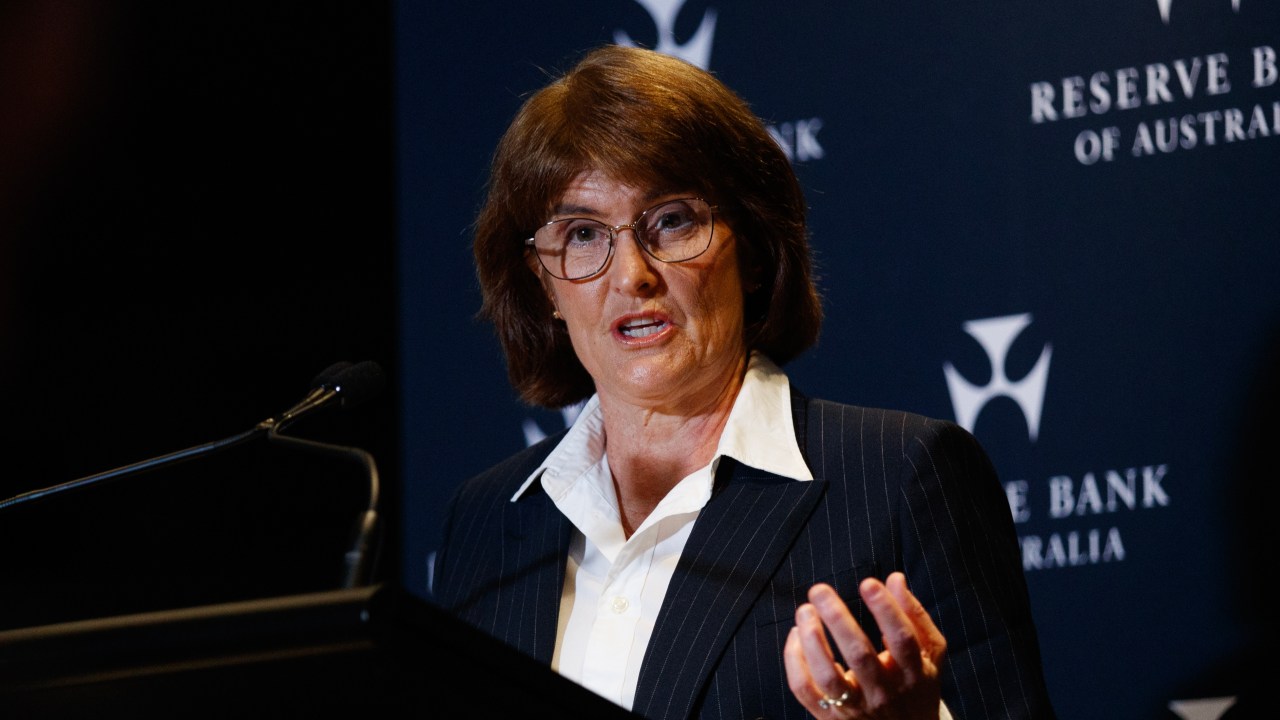The Reserve Bank of Australia will have to “press the accelerator” on interest rate cuts as an upcoming slump in public spending could cause the unemployment rate to rise, a leading economist has predicted.
Some state and federal governments have signalled a slowdown in public spending which soared during and after the pandemic and kept many Australians in work.
About four in five jobs created over the past two years have been in the non-market sector, which are industries influenced by government spending and regulation such as health, public services and education.
Unemployment is forecast to pick up as government spending slows, putting pressure on the central bank’s governor Michele Bullock to put more money back into Australians’ pockets, GSFM’s Stephen Miller said.
“Bullock will have to contend with a weakening labour market,” Mr Miller said on Business Now.
“Private sector spending here has been quite weak. What’s held up the labour market has been growth and employment in the non-market sector, public administration, health, government related services.
“The market sector employment growth has been pretty tepid.”
He said that public spending was going on a “hiatus”, putting pressure on the market sector to pick up the slack for Australia’s jobs growth.
This comes as inflation continued to fall in the June quarter, boosting hopes of a rate cut when the RBA meets in August.
“Now that inflation looks as though it’s headed toward the centre of the (RBA’s 2-3 per cent target) band, I think Michelle Bullock now has to maybe sort of press the accelerator a little on rate cuts,” Mr Miller said.
“She might have to pay more attention to the employment side of her mandate now that the inflation side looks to be under some control and that’s not the circumstance.”
The RBA controversially held rates in July, however, it is widely tipped to deliver a cut in August.
Miller’s comments come as Australia’s unemployment rate continues to hover near historic lows, but it jumped 0.2 per cent above market expectations in June to 4.3 per cent.
Recent research from the Centre for Independent Studies said that more than half of Australian voters rely on government for most of their income – through wages, benefits or subsidies.
CIS economist Robert Carling warned that federal spending alone has reached 27.6 per cent of GDP.
This was up from 24-25 per cent of GDP in 2012-13 and has been fuelled by a “program expansion in social services, defence and debt interest”.
While large government spending has driven the economy in recent years, Labor is now looking to boost Australia’s productivity which has stalled over the past decade.
Leaders across business, politics and unions will gather at the upcoming Economic Reform Roundtable where leading minds will attempt to conjure up a solution to the nation’s lagging growth.

